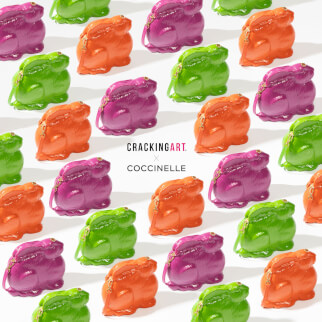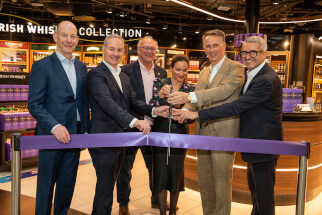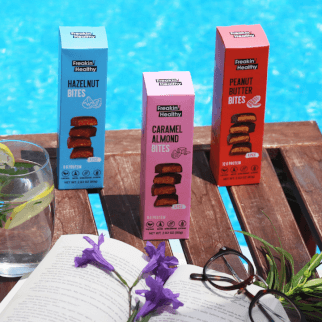Up for debate: premiumization trends in GTR due to new shopping habits
The pandemic has had a dramatic immediate impact on global travel retail, which IWSR estimates will see volume consumption down -68% in 2020 vs. 2019. IWSR investigates the changes shaping the channel, the challenges drinks brands face on the road to recovery and how they may need to pivot post-Covid-19.
The Covid-19 pandemic has hurt global travel in recent months as borders closed, quarantine requirements were introduced, and consumer confidence plummeted amid mounting health concerns. According to the UN World Tourism Organization (UNWTO), global tourist arrivals decreased by 65% in the first half of 2020 compared to the same period in 2019, with even steeper declines for Southern Europe and Asia Pacific.
Retailers and brands that operate in the channel have faced unprecedented hardships and recovery is expected to be slow. It’s believed that most regions are not likely to return to 2019 beverage alcohol volumes before 2023, with varying pace across different regions. Land border, ferry crossing and free zone business is expected to return to strength earlier than air travel or cruise business. Meanwhile, a growing preference for intra-regional travel could have a significant impact on long-haul hubs.
There does seem to be pent-up demand for leisure travel, particularly from China. However, the recovery of business travel will likely be more volatile due to the widespread adoption of video conferencing and other operational changes during lockdown. If companies permanently change their business travel policies, with travel frequency reduced in favor of more remote communication, this could change the GTR beverage alcohol landscape. Since individuals traveling for business are often high-frequency, high-net-worth travelers, their loss of traditional consumer behavior would hit higher-end products particularly hard.
New shopping habits
For those consumers who do resume travel, research conducted by IWSR partner, m1nd- set, shows that the majority of wine and spirits shoppers will change their behavior in airports in the future. Brands and retailers will therefore need to reassess how they sell their products.
As a result of COVID-19, shoppers have increasingly moved to online shopping and will likely expect more digital options when they return to GTR. Several travel retail operators including Delhi Duty Free and Abu Dhabi Duty Free introduced new online retail services facilitating home delivery of travel retail exclusive and duty absorbed products. Although it is unclear how long these services will be offered, it will likely help consumers ease into GTR shopping once again.
New hygiene and social distancing norms within travel hubs will inevitably change the way GTR sales representatives are able to work. Specifically, travelers continue to be mindful of sampling products and proximity to sales staff. As the GTR environment becomes more transactional and less browsing-centred in the short to medium term, digital solutions may prove to be a valuable way of both safeguarding and streamlining the shopper’s journey.
“Travel retailers have faced mounting competition from e-commerce in recent years and there have long been calls for a digital evolution within the channel, Now more than ever, increasing engagement with customers in advance of travel through online channels is a strategy that merits further exploration,” says Thorsten Hartmann, Director at IWSR.
Will premiumization continue?
The pandemic is also having a direct impact on price trends in GTR. Principally, the crisis mentality of anxious and cash-strapped travelers has encouraged a pivot to standard-priced favorites. As such, In the short term, multiple ranges have been rationalized and promotions offered to clear excess stock. Standard-priced products are also likely to be driven by more promotional offers.
Higher-end products could also lose out to “tried and tested” brands at border at the crossings and zones previously mentioned and expected to be the first areas of business to bounce back in GTR. These channels favor bulk purchases and standard-priced offerings.
More generally, declines in airline and airport revenues will inevitably mean that financial pressure is passed on to concession operators and brand owners. Smaller brands may find it harder to compete and gain new listings under these conditions, which will naturally favor larger multi-brand owners.
Since many smaller players sit in the premium-plus price bracket, this could also impact the premium trajectory of drinks in GTR in the short to medium term. A decline in more craft and niche brands could also make the overall drinks offer at airports less interesting and make the experience of travel retail more geared toward duty savings and convenience and less focused on aspirational, luxury products. To combat this, there will likely be a push towards offering prestige or prestige-plus products exclusively via the GTR channel.
IWSR’s Hartmann notes that while there will be a “scissoring effect” in GTR for some time, the premiumization mantra should return to relevance over the recovery period.
“Airport GTR will remain a place to showcase new luxury product launches, if presence and investment can be maintained. In the meantime, the balance between GTR and domestic markets may shift slightly as brands divert resources.
The key focus going forward will be to restore and maintain the presence of premium-and- above brands in GTR and to refresh and re-expand the product offering,” he adds.
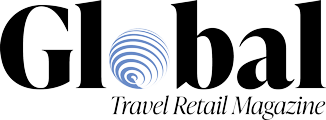
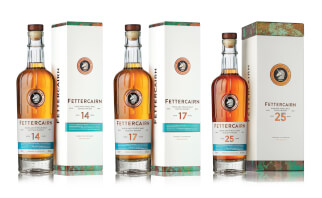
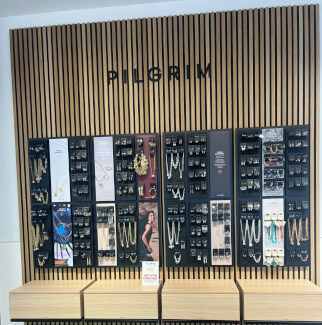
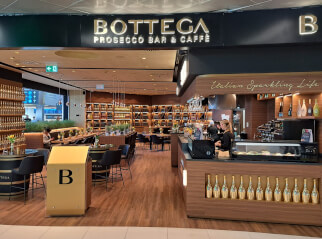
.jpg?&resize.width=322&resize.height=483)

